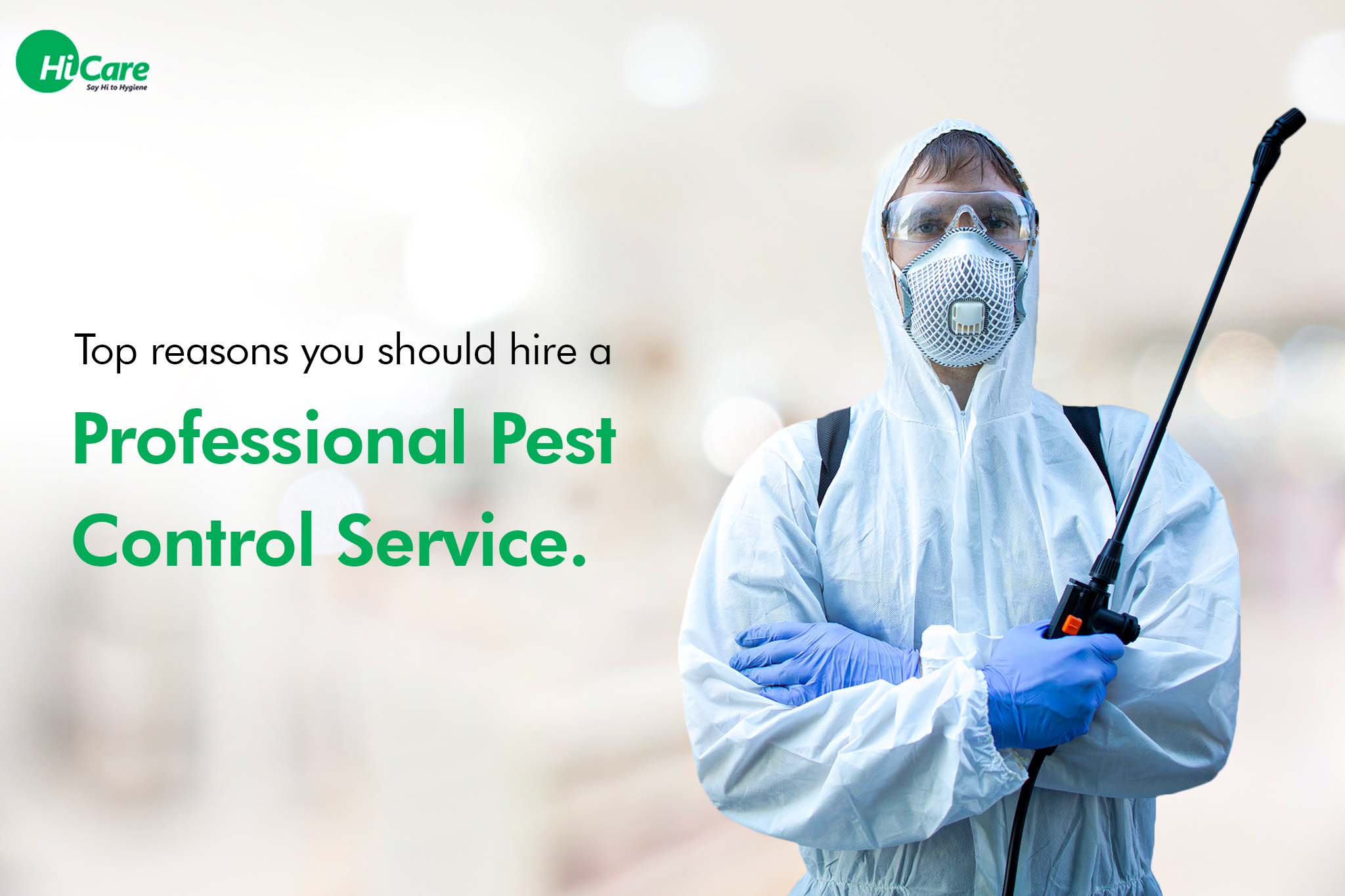Specialist A1 Charlotte Bed Bug Exterminator - High Quality Solution Guaranteed
Wiki Article
Bed Bug Treatment Break Down: Comparing Chemical Vs. Non-Chemical Solutions
In the realm of pest control, specifically when taking care of the consistent issue of bed pests, the selection in between chemical and non-chemical therapy services can be a crucial one. Both approaches provide distinctive benefits and disadvantages, influencing variables such as efficiency, safety and security factors to consider, and general price. By checking out the nuanced details of each technique, a clearer understanding of which path to pursue in resolving a bed pest infestation can be obtained.Effectiveness of Chemical Treatments
Chemical therapies for bed pest problems have been widely acknowledged for their powerful and fast efficacy in getting rid of these parasites. When taking into consideration the performance of chemical treatments, it is important to understand that they can give a quick and comprehensive remedy to a bed pest trouble.In addition, chemical treatments have the benefit of supplying recurring effects, suggesting that they can proceed to get rid of bed bugs even after the initial application. This residual action is specifically beneficial in combating any kind of prospective re-infestations. Furthermore, the quick activity of chemical therapies can bring relief to individuals encountering extreme bed insect invasions, permitting them to regain control of their space swiftly.
Security Interest In Chemical Solutions
One crucial aspect that requires cautious consideration when using chemical solutions for bed insect treatment is ensuring the safety and security of occupants and the environment. While chemical treatments can be reliable in removing bed bugs, they may pose dangers otherwise managed properly. Among the main safety and security worry about chemical solutions is the prospective injury they can create to human health. Exposure to certain chemicals utilized in bed pest therapies can cause respiratory system problems, skin inflammation, or other damaging reactions, specifically in individuals with pre-existing conditions or level of sensitivities. In addition, improper application or dose of chemical pesticides can cause toxic residues remaining in the cured location, posturing lasting health and wellness dangers to residents.Moreover, the ecological influence of chemical remedies is another considerable consideration. Some chemicals made use of in bed insect treatments may be damaging to helpful bugs, wild animals, and ecosystems if they leach right into the dirt or water systems. It is vital to utilize chemical therapies carefully, complying with safety standards, and thinking about less hazardous options to minimize these risks and make sure the efficient and secure monitoring of bed insect problems.
Benefits of Non-Chemical Approaches
Thinking about the prospective safety problems and environmental impact connected with chemical remedies for bed bug therapy, exploring non-chemical methods offers an encouraging option with several distinctive benefits. Non-chemical approaches offer a safer alternative for families, especially those with pet dogs, youngsters, or individuals sensitive to extreme chemicals. These methods get rid of the dangers of exposure to toxic substances, decreasing the possibility for damaging wellness impacts. In addition, non-chemical treatments are ecologically pleasant, as they do not add to air or water pollution, making them a sustainable choice for bug control.In addition, non-chemical options can be reliable in targeting bed pests, including hard-to-reach locations where chemical therapies may not permeate - A1 bed bug exterminator charlotte. Methods such as warm treatment, vacuuming, steam cleaning, and bed mattress coverings supply thorough eradication without the usage of unsafe chemicals.
Limitations of Non-Chemical Treatments

Additionally, non-chemical treatments frequently require numerous applications to attain effective eradication. This can be time-consuming and might not constantly ensure total elimination of all bed pests and their eggs, specifically in hard-to-reach or covert places.
Moreover, the success of non-chemical therapies greatly relies upon correct implementation and thoroughness, which can be testing for people without expert knowledge. Poor application of non-chemical methods may cause incomplete removal, bring about persistent problems and the requirement for added therapies.
Consequently, while non-chemical treatments have their benefits, it is necessary to acknowledge these restrictions and consider them when identifying the most effective method for handling bed pest problems.
Cost Comparison: Chemical Vs. Non-Chemical Options
Given the limitations connected with non-chemical therapies, a crucial aspect to assess in the context of bed bug management is the price contrast between chemical and non-chemical alternatives. Chemical treatments generally include the application of insecticides by professionals, which can vary from $250 to $900 per space, depending upon the severity of the infestation and the dimension of the location to be treated. In comparison, non-chemical treatments like heat therapy or vapor can be much more expensive, with costs ranging from $1,000 to $6,000 for an entire home. While the initial expense of chemical therapies may appear reduced, numerous therapies might be called for to fully get rid of the problem, potentially enhancing the overall price. On the various other hand, non-chemical alternatives may offer a more environmentally friendly and sustainable solution, although they can be cost-prohibitive for some people. Eventually, when thinking about the expense of bed insect treatment options, it is necessary to consider the upfront expenses against the performance and lasting sustainability of the picked technique.Verdict

Thinking about the possible safety issues and environmental visit this site effect connected with chemical remedies for bed bug treatment, exploring non-chemical methods provides an appealing choice with several distinctive advantages.Offered the restrictions linked with non-chemical therapies, investigate this site a necessary aspect to assess in the context of bed insect administration is the price contrast in between chemical and non-chemical options. In comparison, non-chemical treatments like warmth treatment or heavy steam can be a lot more pricey, with prices varying from $1,000 to $6,000 for a whole home. While the initial price of chemical therapies might seem reduced, several therapies might be called for to totally eradicate the problem, possibly boosting the overall expense.In conclusion, when contrasting chemical and non-chemical bed insect treatment choices, it is crucial to consider effectiveness, safety, benefits, restrictions, and expense.
Report this wiki page